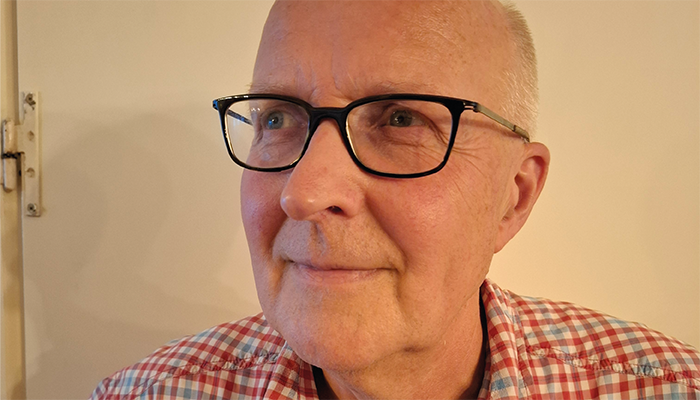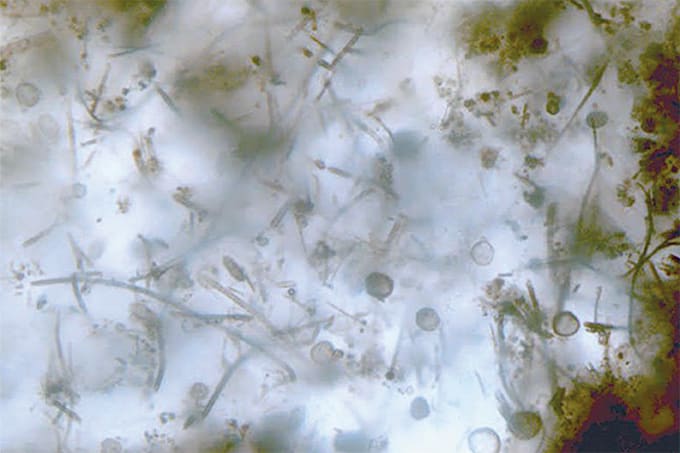
The International Tennis Integrity Agency (ITIA) recently revealed that Jannik Sinner, the current men’s singles world number one, failed two anti-doping tests in March. However, an independent tribunal later determined that Sinner was not at fault or negligent regarding the presence of clostebol, accepting his explanation that the banned substance was unintentionally introduced through his (now ex) physiotherapist (who had, apparently, been applying an over-the-counter spray containing clostebol to their own skin to treat a small wound while, at the same time, giving massages to Sinner). This outcome raised many eyebrows.
Clostebol is a so-called anabolic androgenic steroid and has been forbidden in sports for many decades. Anti-doping control is based on analyzing urine samples of athletes and the identification of clostebol metabolites. Currently, this type of analysis by LC-MS/MS (liquid chromatography/tandem mass spectrometry) is performed in a very sophisticated way at pg/ml or ptt levels.
Certain pharmaceutical formulations of clostebol-like creams and sprays are readily available in Italian pharmacies without prescription (which is where Sinner’s physio got his). Consequently, a significant number of the world’s clostebol cases comes from Italy. Non-Italian cases may be due mainly to intramuscular injection of clostebol, but metabolic profiling has yet to successfully distinguish between the different methods of applying clostebol.
In principle, an athlete may receive a reduced sanction, or even no sanction, if he or she can convincingly explain the background of the case and prove that it was not due to intentional use. However, merely based on the presence of trace amounts of clostebol metabolites in a urine sample, intentional and unintentional use can never be accurately established, and so circumstantial evidence is essential. Unfortunately, some athletes may also abuse this situation by intentionally applying a clostebol cream or spray and then claim it was accidental. Due to these documented misuses, extensive investigations by anti-doping authorities are appropriate. In this case, Sinner was successful in convincing the tennis authorities of his innocence.
The lack of transparency in the decision process of the Sinners’ case appears to be the main cause of concern. There’s a possibility that the outcome of another recent case in elite tennis may have also influenced Sinners’ case. The case of the Romanian player, Simona Halep, was closed after a long process that eventually ruled in favor of Halep. Despite tennis anti-doping authorities initially claiming Halep’s use of the anti-anaemia drug roxadustat was intentional, the Court of Arbitration for Sport reduced her original four-year doping ban to nine months in March 2024.
And so, our profession can provide sophisticated solutions for all kinds of analytical questions, including very detailed profiling of clostebol metabolites, but the lack of transparency in these rulings cannot be solved through analytical means alone.
Sports Doping: Closing Pandora’s Box
The athletes competing at the 2024 Olympics have had their shot at fame and glory in Paris. Those who made the podium received their medals; anthems were played, parties were enjoyed. But we don’t yet know for certain who really deserves these accolades, because analytical chemists have another 10 years to catch athletes cheating with performance-enhancing drugs. There may be athletes at this year’s games using substances that cannot yet be detected – so the race is on to develop and validate new methods before the decade is out.
As detection limits continue to push the boundaries – and as penalties become increasingly severe – is the system becoming unfair to athletes?
Check out Douwe de Boer’s cover feature on sports doping to find out more.
Image credit: Supplied by Author




